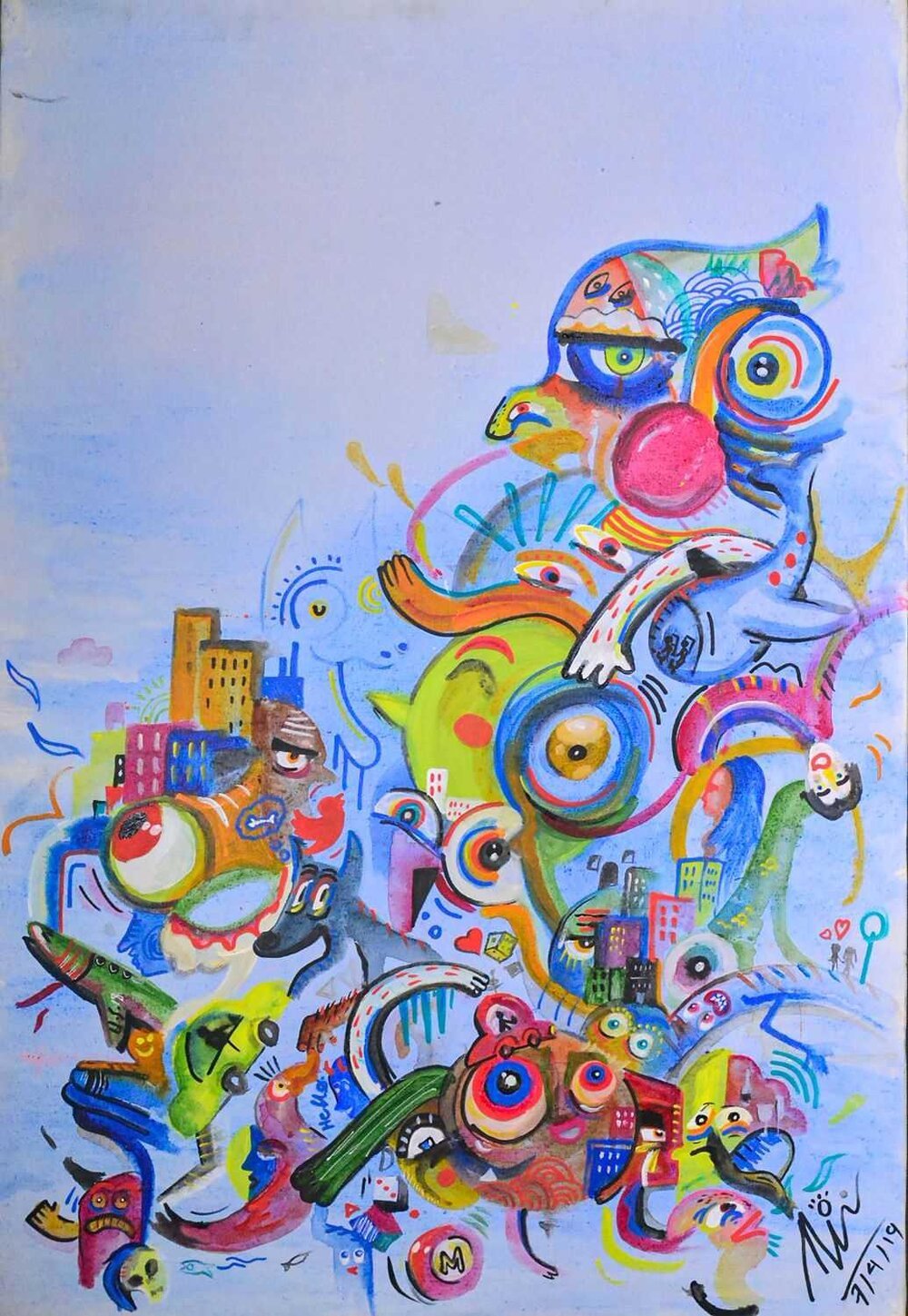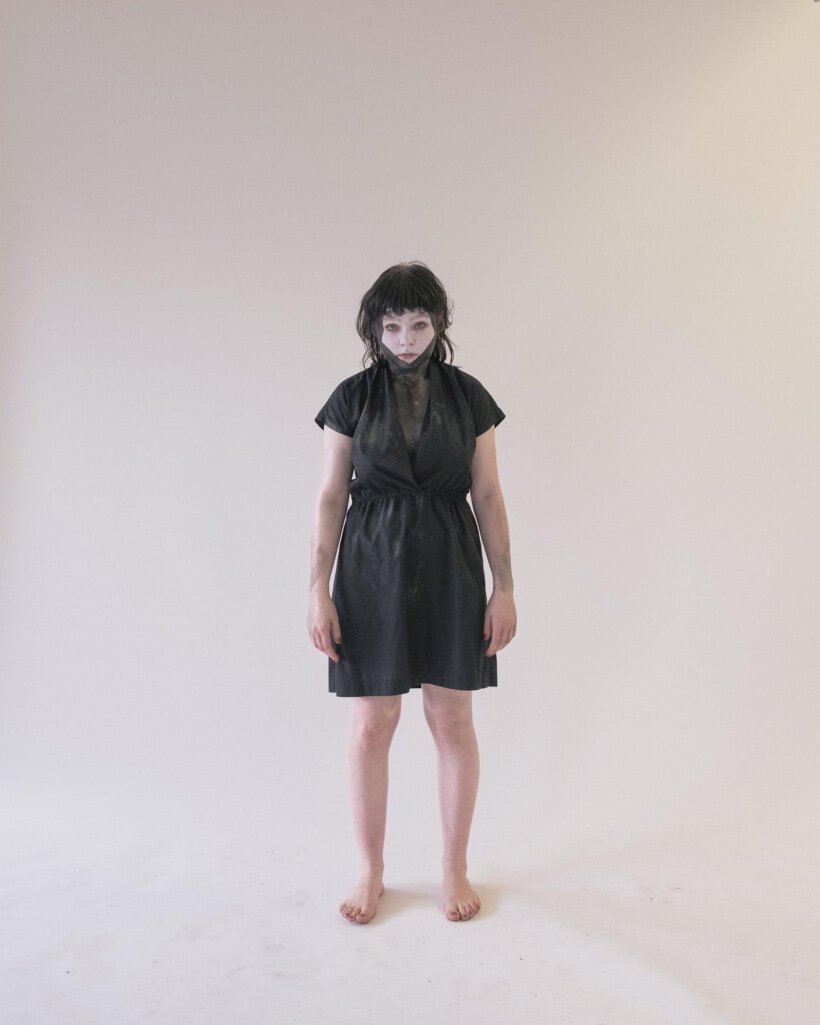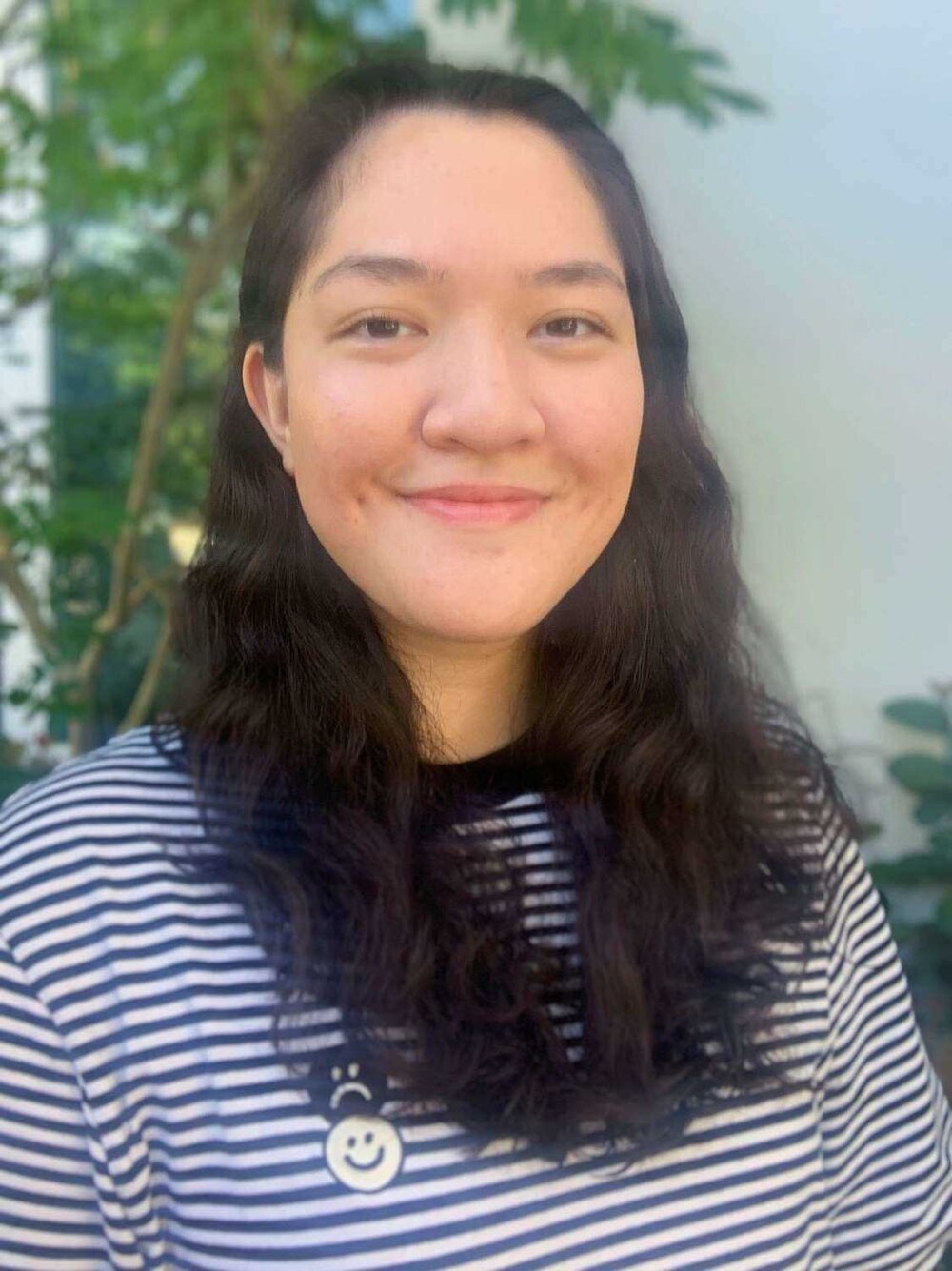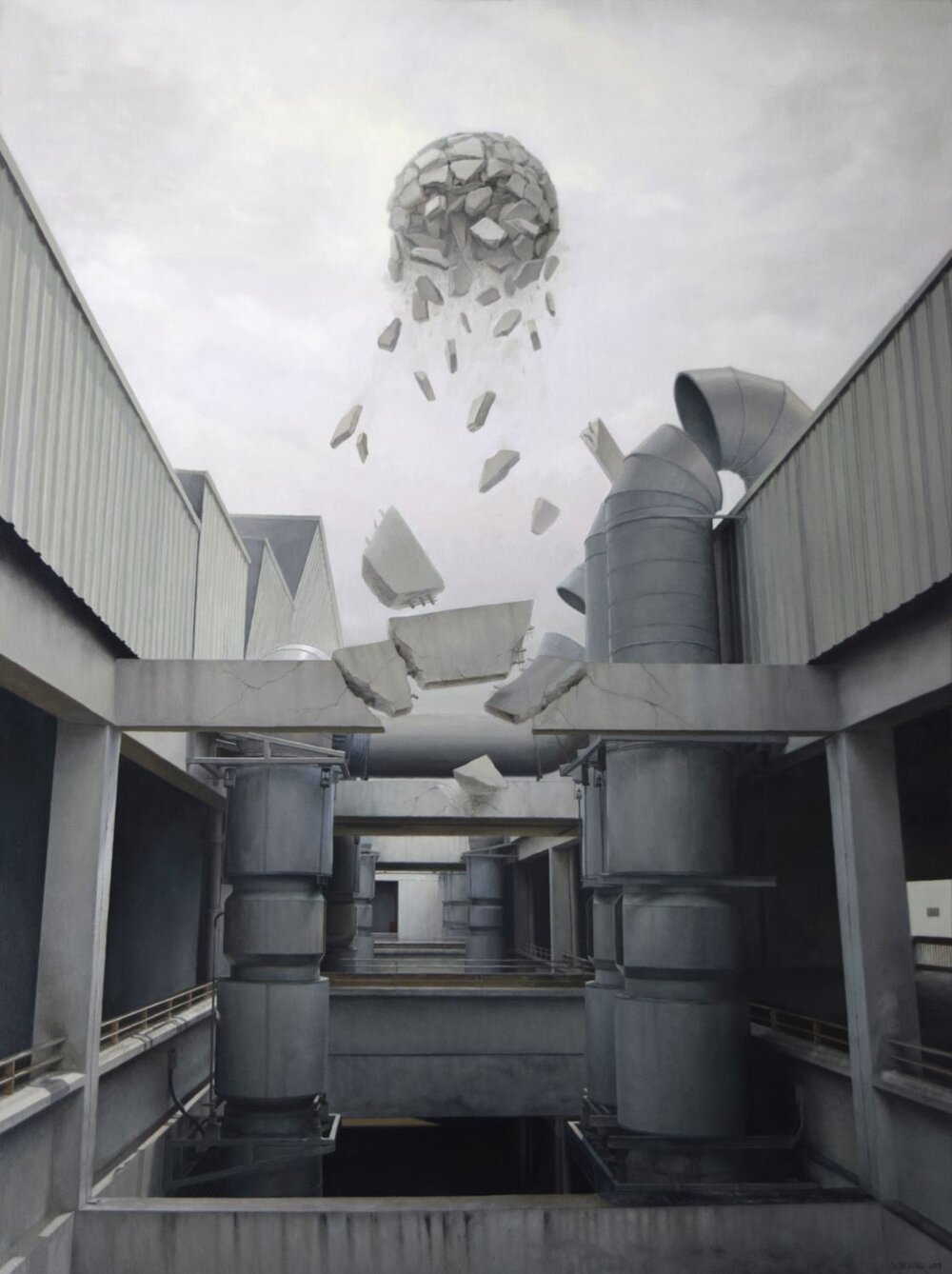Review of ‘Art – Spaces – Us’: Urgent Voices from Liminal Spaces
Young Burmese artists claim space beyond gallery walls
By Susan Htoo
This is a winning entry from the inaugural Art & Market ‘Fresh Take’ writing contest. For the full list of winners and prizes, click here.
What is our collective future? This is what the curator, Phoo Myat Thwe, asks as she finds herself setting up a Facebook event page to accommodate the digital version of the exhibition ‘Art – Spaces – Us’, which was originally planned to be on show at the gallery space of Myanm/art in Yangon. Bringing together a diverse group of mostly Burmese artists, the exhibition opens up a broad discussion surrounding the complex network of relations among artists, curators, and the audience. What follows is an even more urgent conversation of our negotiations with both physical and virtual spaces, warranted by the rapid digitalisation of the art world. Necessitated by the pandemic, the digital iteration of the exhibition occurs “in the spirit of experimentation”.1 Such spirit not only permeates the works included and our dialogues with the virtual space, but exists as a larger speculation towards the exciting future of contemporary art in Myanmar.
From the ‘opening’ day, the works were posted one after the other along the ‘Discussion’ tab of the Facebook event page. Despite the scheduled posting contributing to a somewhat fragmented display of works, I found the slow unfurling compelling. This speed of display recruits a much needed pause to meet the demands of distanced lens as we engage with not the work itself, but with the images of the works through our screens. Under these unusual circumstances, the medial nature of the digital world brings forth a different set of relational complexities integrated in these disembodied encounters, pivoting the discussion of space that is central to the exhibition in a critical new direction.
Myat Myat Mon, ‘REattachment Issues’, digital film still. Image courtesy of the artist and Myanm/art.
Myat Myat Mon, ‘REattachment Issues’, digital film still. Image courtesy of the artist and Myanm/art.
The ‘Us’ segment of the exhibition title can be read in two ways: a way of uniting multiple individual perspectives and to demarcate an in-group of people as subjects of certain shared experiences. For instance, a conglomeration of semi-abstracted figures floating in space that recurs across the ‘Dream’ (2019) series depict an unfolding of Minn Thant Sin’s unique dreamscapes. At once playful and chaotically dizzying, the set of works interrogate the dualities of life – light and dark, or love and loss – stemming from the artist’s personal experiences. As these visions from the unconscious mind intermingle across the canvas, we begin to come to terms with our own cocktail of emotions and experiences. Meanwhile, Myat Myat Mon consciously ruminates on personal predicaments in ‘REattachment Issues’, where glitchy images tremble against her own vulnerable writing. She tears up the written page and subsequently reattaches the torn pieces with safety pins, attesting to an internal struggle and a venture towards wilful healing. In such works that address the corporeality of both the self and of the medium, the viewer’s disembodied relations with the work become even more noticeable. Yet simultaneously, we notice the liminality of the virtual space in the dissemination of these images of the works as we, too, behind our screens, flitter between the artists’ states of consciousness.
Jevon Chandra, ‘Songs of Companionship #1 and #2’, 2019, laser-cut acrylic, servo motor, die-cut digital print Bristol paper flaps, Arduino, code. Image courtesy of the artist.
Beyond the self, artists also address deeply entrenched socio-political issues surrounding systems of control in Myanmar. In ‘Individualism vs. Conformity’, Meemi Maung creatively experiments with the Burmese language and the visualisation of semantics. The work takes aim at outdated customs and mindsets, in which the text, “pone kan thu” translates to a protest against the “ahn win, gwin kya”, an idiom to describe ‘the norm’. Pyae Phyo Thant Nyo, along with Emilia Jablonska, convey a more global environmental issue within the fashion industry with their captivating performance, ‘Incineration’. The performers’ literal dressing in ashes pokes at the irony of worth(lessness) in luxury brands, when they have to resort to burning the dead stock that occurs as a result of extortionate pricing, ultimately vanishing into nothing. Would this work manifest perhaps as a live artist intervention to the accompanying photographs? I am curious to see all of this in a physical space.
Pyae Phyo Thant Nyo (in collaboration with Emilia Jablonska) , ‘Incineration’, digital photograph. Image courtesy of the artist and Myanm/art.
The Facebook event page is an interesting platform. It is the reason I am able to revisit this virtual exhibition today as the archived event page continues to exist, transcending the temporalities of the marked beginning and end of the exhibition. Admittedly, viewing again when everything has been posted does illuminate a more cohesive discourse. ‘Art – Spaces – Us’, in its name, inherently prompts for its virtual counterpart to carry out an important investigation into the politics of vision in both virtual and physical spaces. With space at the core of what the exhibition scrutinises, the digital variant has always been a possible trajectory in the exploration of curatorial spaces; it just so happens that it coincides with the times that necessitate it. Nonetheless, the virtual reconfiguration of the exhibition has proven to be an important iteration in propagating the messages that are relevant now more than ever, from these young artists who have so many important things to say.
So, what of the initial question of our collective future? In tumultuous times, both globally and locally in Myanmar, the urgency of the artists’ works ranging from social critique to liberating self-exploration and their enthusiasm to share are hard to miss. The future is uncertain, but these powerful voices are here to stay.
‘Art – Spaces – Us’ features the words and works of artists including Sai Shang Kham, Meemi Maung, Myo Sithu Myint, Minn Thant Sin, Pyae Phyo Thant Nyo, May Myat Mon, and Courtney Anne Mouser. Click here to view the exhibition.
About the Writer
Born in Myanmar and based in Singapore, Susan Htoo is a recent art history graduate interested in navigating the intersections of art, performance, and technology. When she’s not dabbling in writing, she’s most likely stuck in a curious Internet wormhole, either looking for new music or secretly consulting YouTube tarot card readings.













